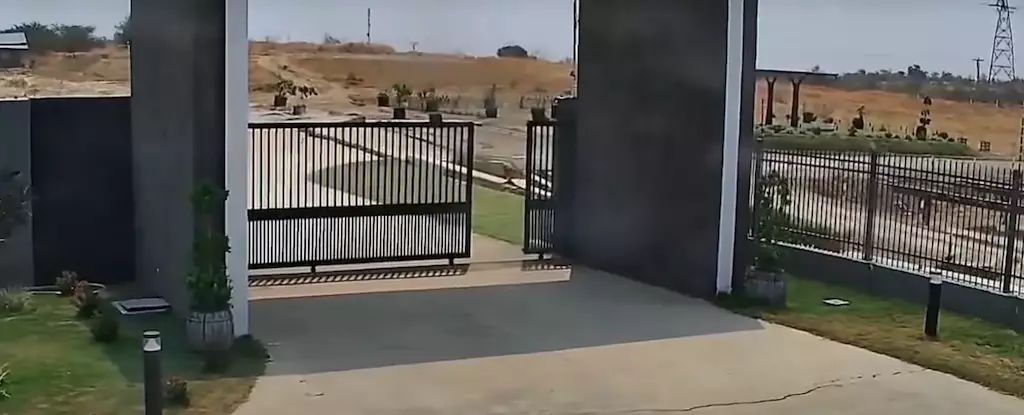In a world accustomed to the blurred lines of reality and representation, the raw visuals of Earth’s destructive power can be both captivating and gut-wrenching. On March 28, 2025, a magnitude 7.7 earthquake struck Myanmar, and for the first time, we were able to witness the earth shattering beneath our feet through a security camera feed. This ominous event not only left over 3,700 people dead and countless others injured but also unveiled a side of nature rarely seen—one that embodies the precariousness of our existence.
The haunting footage, uploaded by Htin Aung, offers a chilling narrative of normalcy abruptly turned into chaos. For those who viewed it, the anticipated tremors escalated from an innocuous rustling of bushes to a horrifying visual of the ground fracturing in real time. This is not merely about numbers or statistics; we are granted a visceral glimpse into how quickly the fabric of our reality can unravel. In a matter of seconds, a serene day transforms into a horror show, encapsulating the crude relationship between humanity and the geological forces at play.
A Unique Geological Event
Describing the earthquake in numerical terms—a depth of just 10 kilometers and a rupture propagating over 460 kilometers—feels abstract to the untrained eye, yet the video brings them to life. The observation from Rick Aster, a geophysicist at Colorado State University, that this might be “the best video we have of a throughgoing surface rupture” underscores not just the significance of the footage but the rarity of such seismic events. Herein lies a salient truth: while documentation of natural disasters is commonplace, the immediacy of seeing a geological phenomenon unfold as it occurs is unprecedented.
The earthquake’s supershear velocity, which exceeded typical seismic wave speeds, complicates our understanding of tectonic activity. It reaffirms that while scientific study has advanced, we are still largely at the mercy of these unpredictable natural events. This is not merely an academic issue—even urban centers like Mandalay are perilously close to fault lines, making them inherently vulnerable. The capitulation of our infrastructure under such forces serves as a warning sign, one that policymakers and urban planners need to heed with utmost seriousness.
The Broader Context of Human Vulnerability
What makes this earthquake even more grueling is its historical context. Reported as the most intense earthquake to strike Myanmar in over a century, it illuminates the long-standing reality of living in a seismically active zone. The Sagaing Fault, the region’s most active fault line, fortifies the idea that we are tackling an ongoing crisis, not a sporadic calamity. Civil engineer Khan Shahzada’s research encapsulates this notion perfectly, highlighting the cascading risks involved. The ramifications extended beyond Myanmar; infrastructure failures were reported even in distant cities like Bangkok, where soft-soil basins contributed to structural instability.
The devastating aftermath of such tremors is not just a localized disaster but a global concern, prompting a reevaluation of our readiness for seismic events. Governments must prioritize effective disaster response strategies, but more importantly, the societal narrative must shift from merely recording damage to proactively preparing for it—through comprehensive urban planning, infrastructural resilience, and enhanced prediction models.
The Fragile Nature of Human Infrastructure
In light of these events, we must confront a harsh reality: our built environment often cannot withstand the forces of nature. When architectural marvels crumble under pressure, it reveals the fragile nature of human endeavor. The haunting images of collapsed buildings and infrastructures failing in real time evoke an unsettling juxtaposition between human ambition and natural indifference. The sheer magnitude of destruction begs the question: Are we, as a society, doing enough to safeguard our communities against inevitable seismic events?
In this era of technological advancement, having access to real-time data and education about earthquake preparedness is vital. This catastrophe could serve as a pivotal point in advocating for advanced engineering measures and standardized building codes in seismic zones. It represents a call to action and awareness, compelling us to accept that while science can offer knowledge, it cannot eliminate all risks.
With every earthquake, we are reminded that our grasp on stability is tenuous, forcing us to reckon with the very real possibility of disaster and the continued perils that lie beneath our feet.

